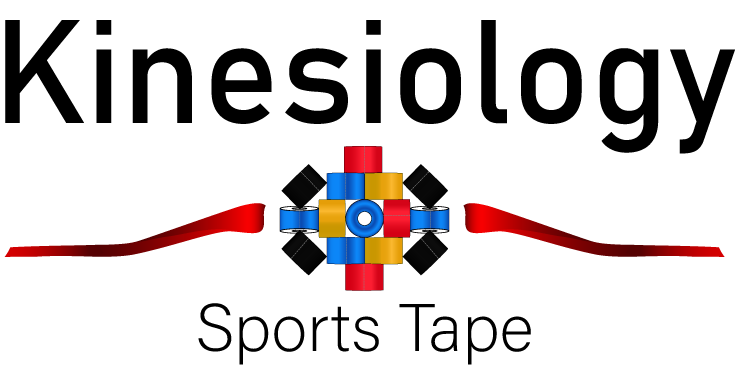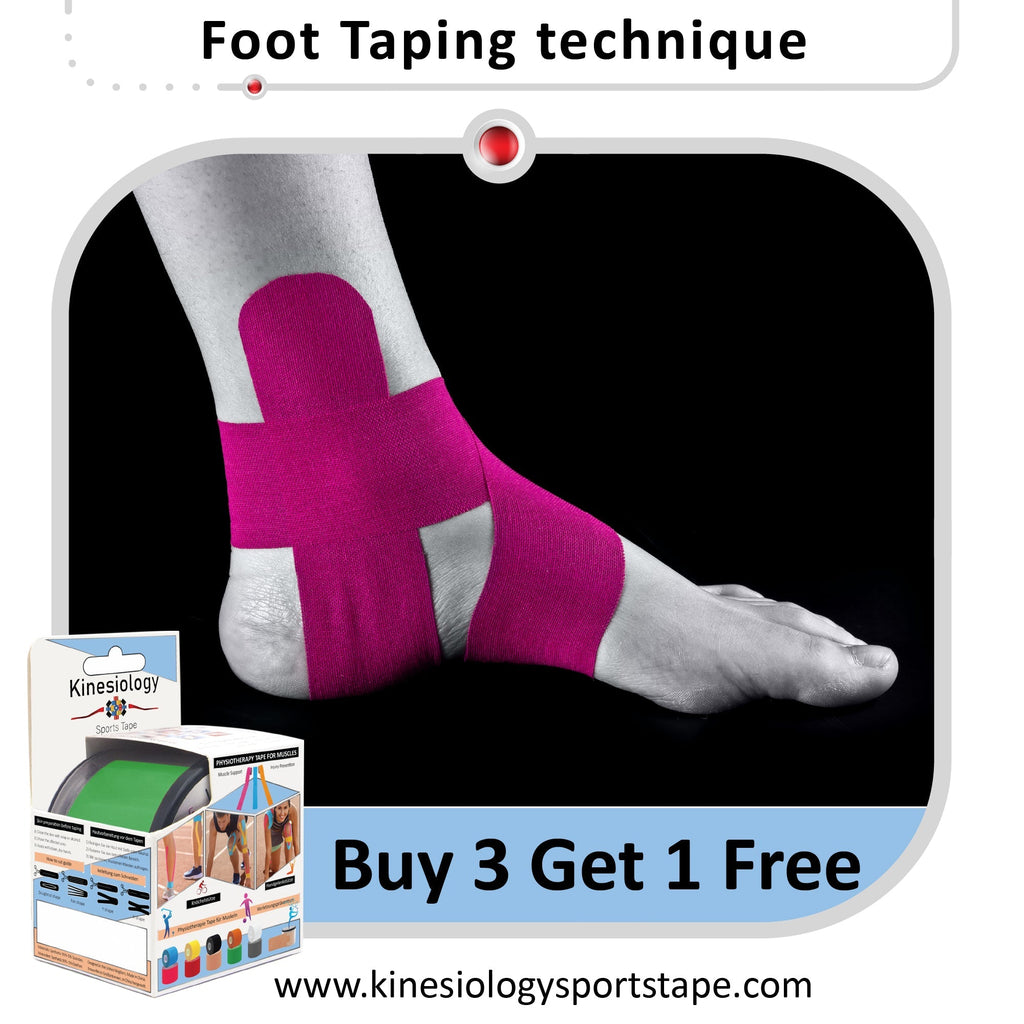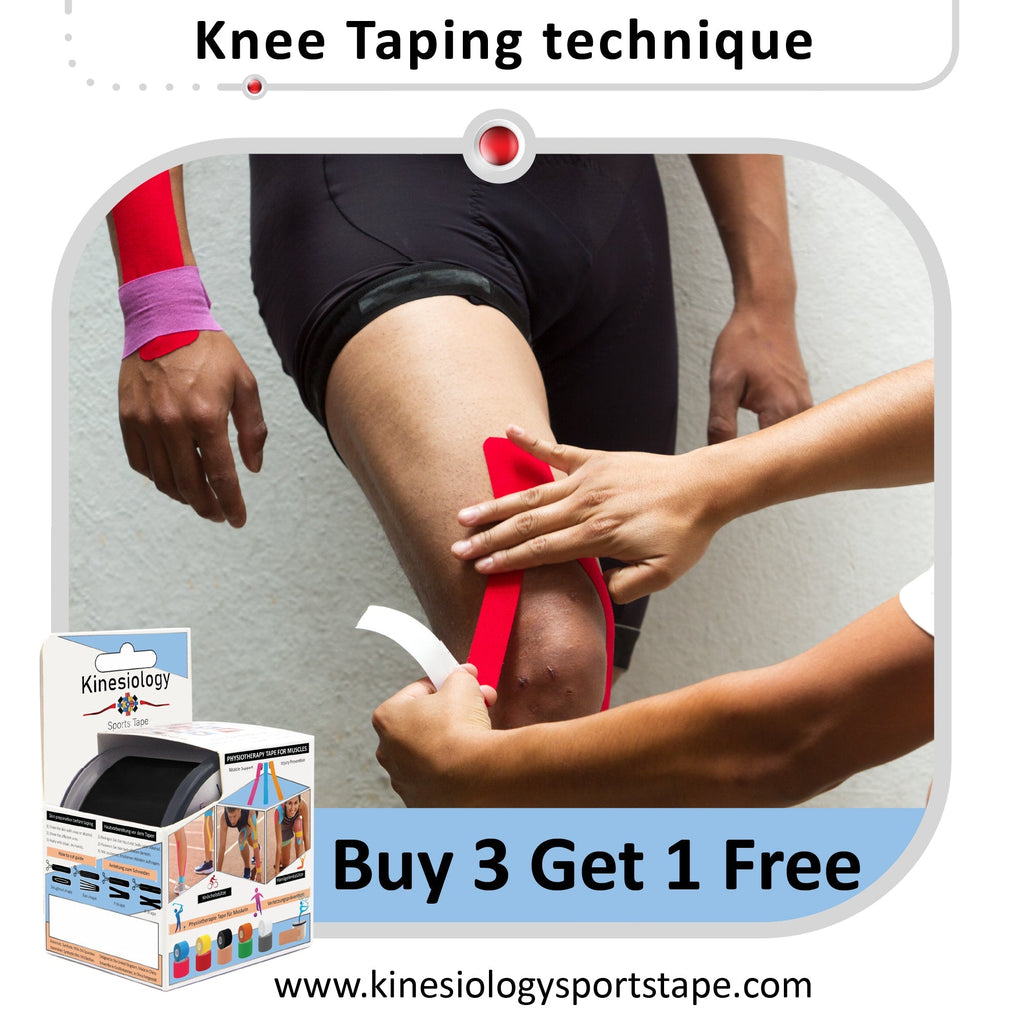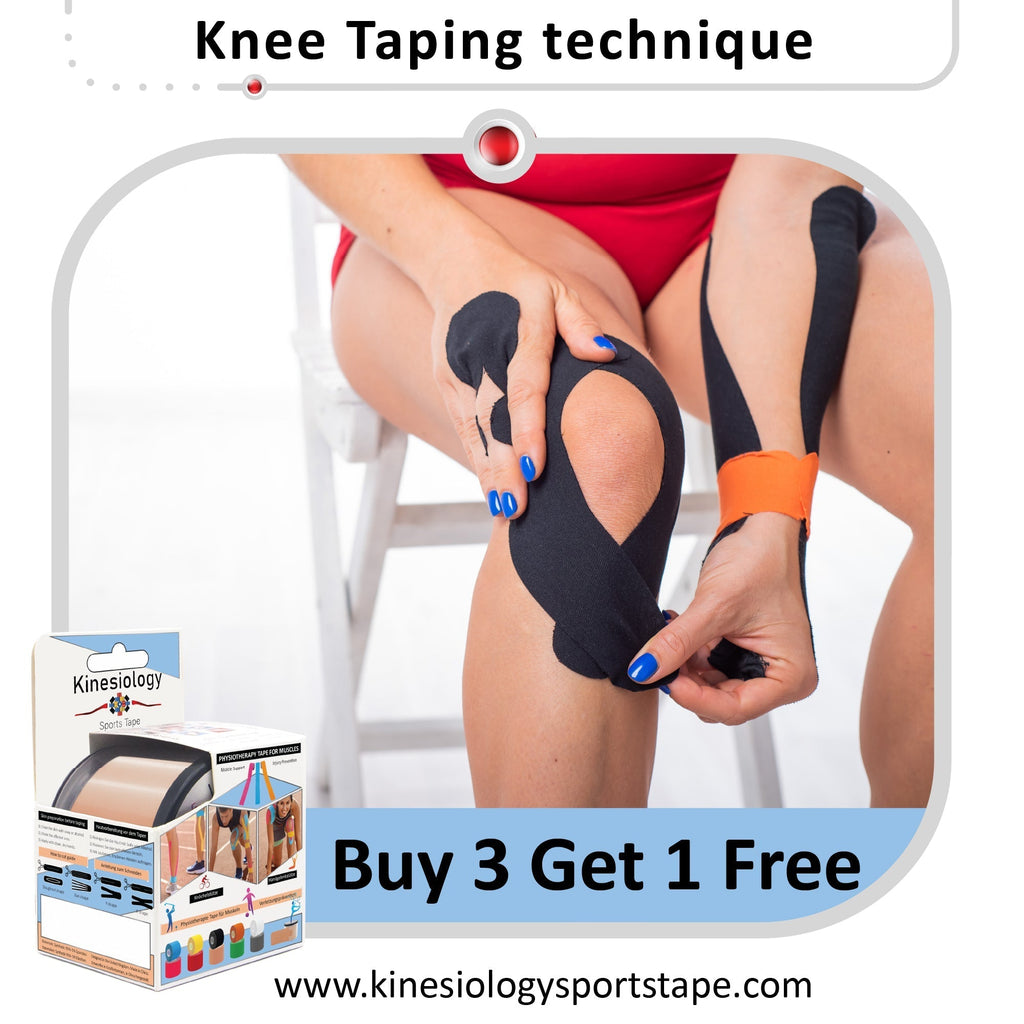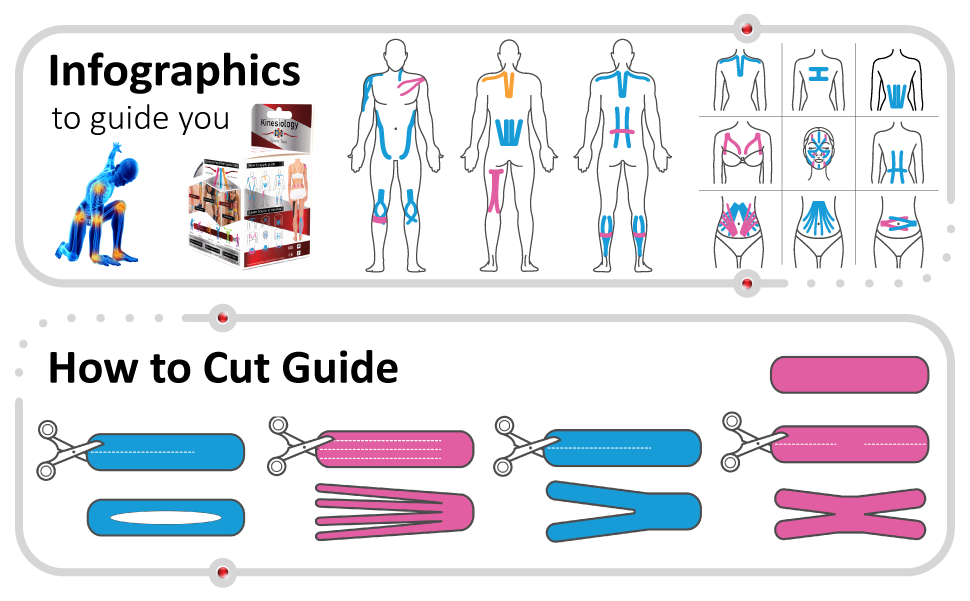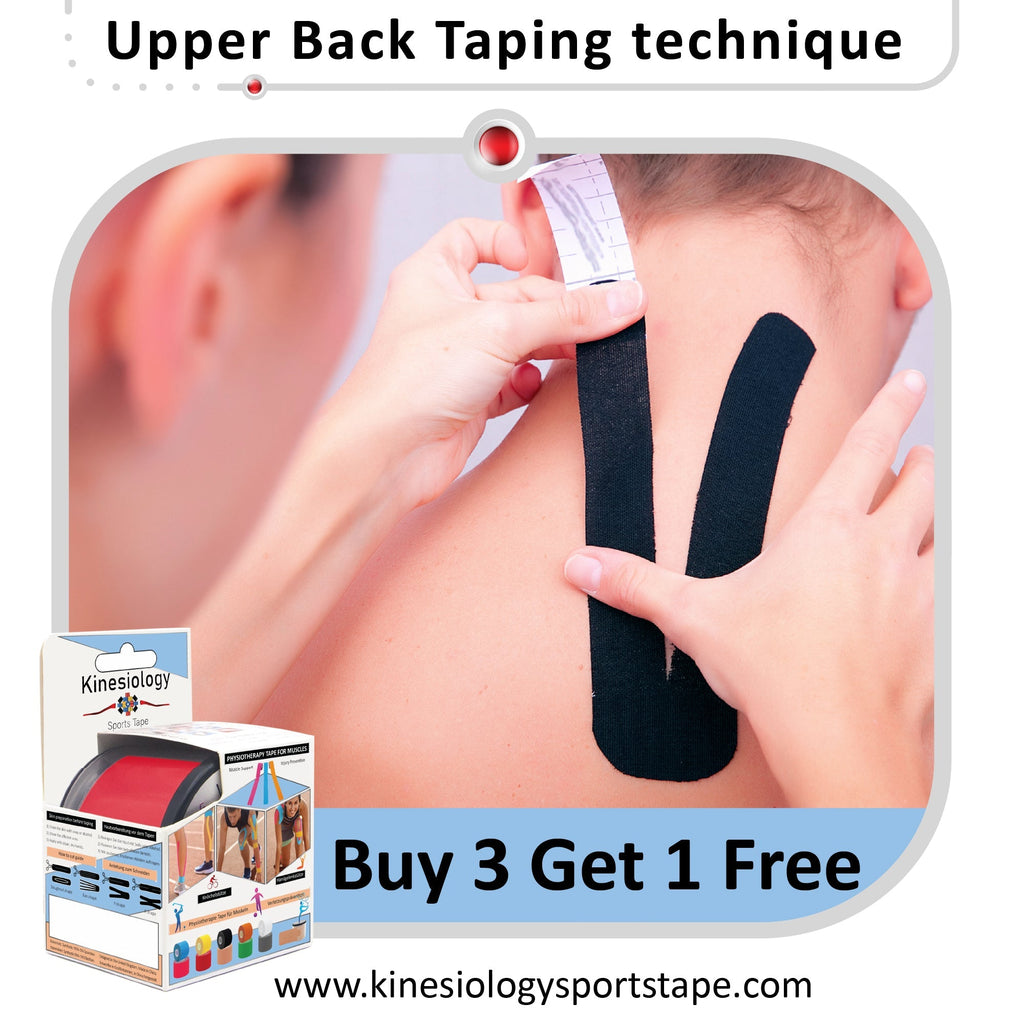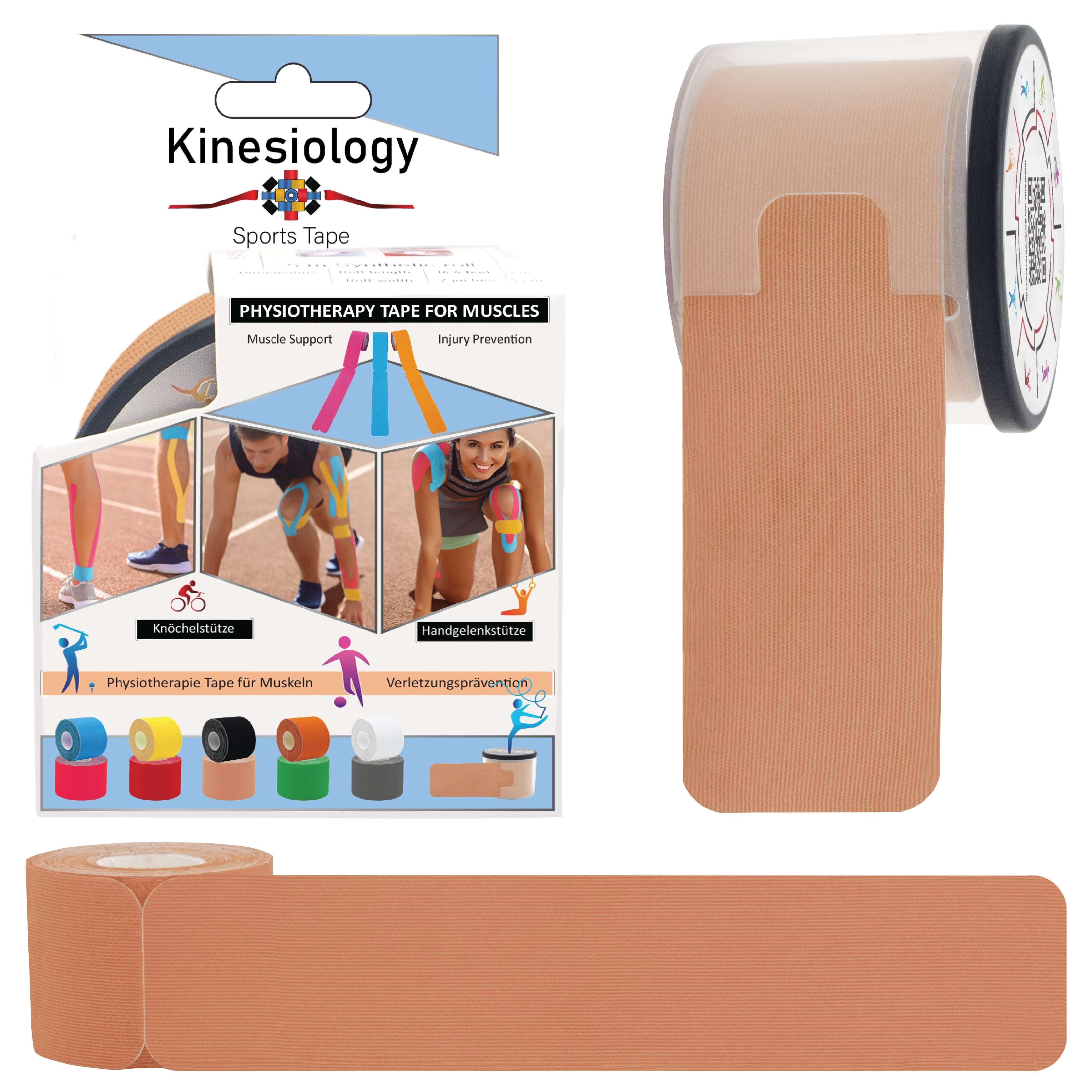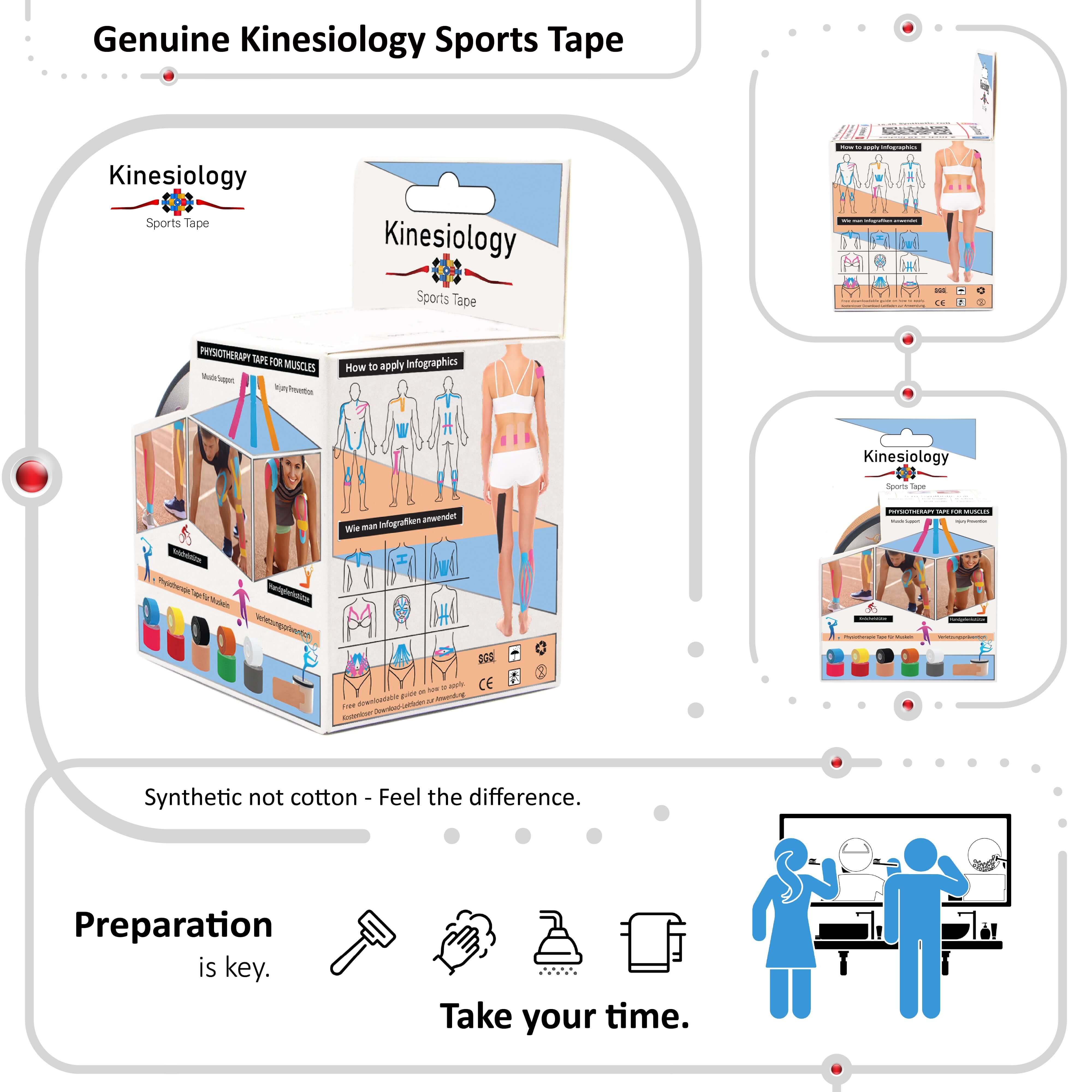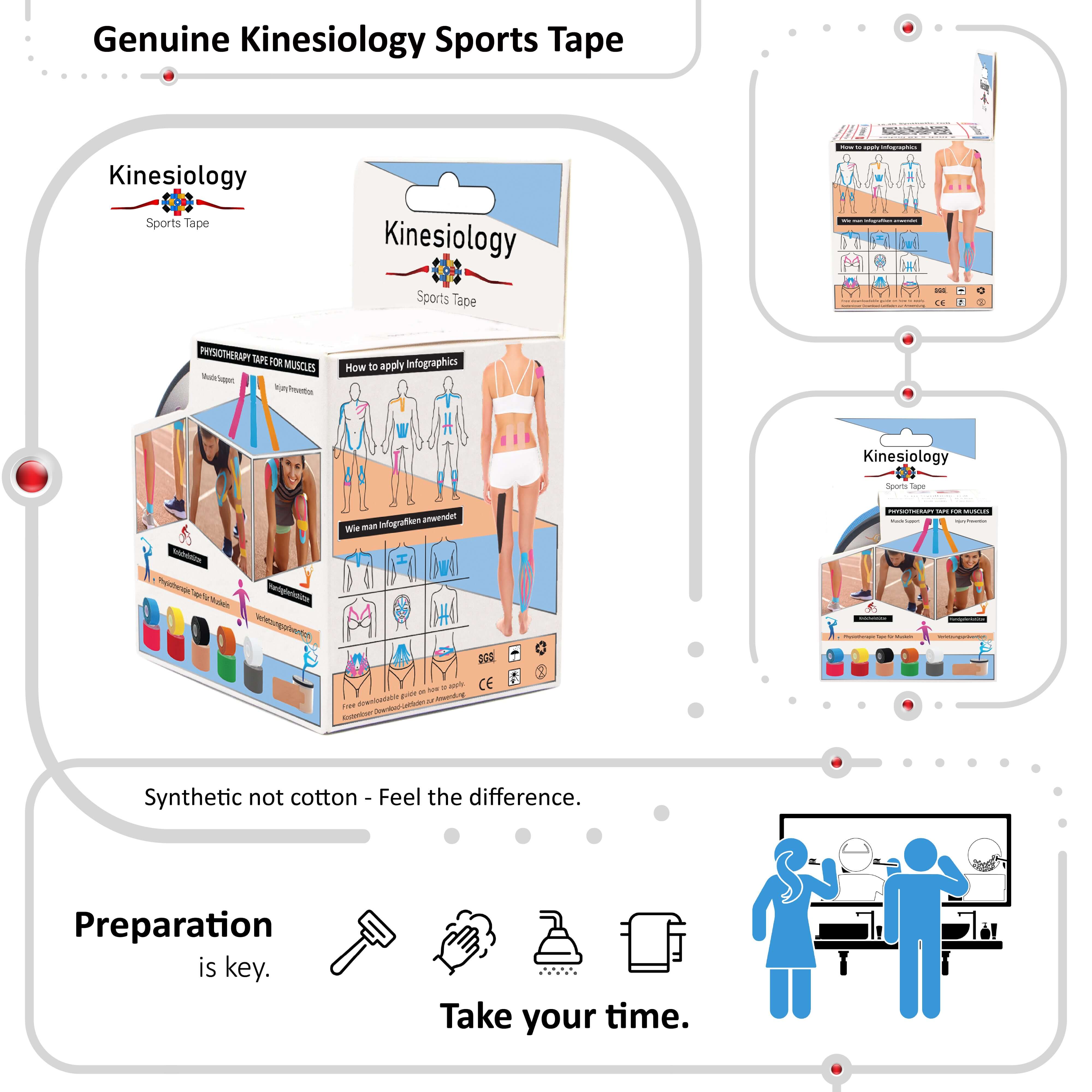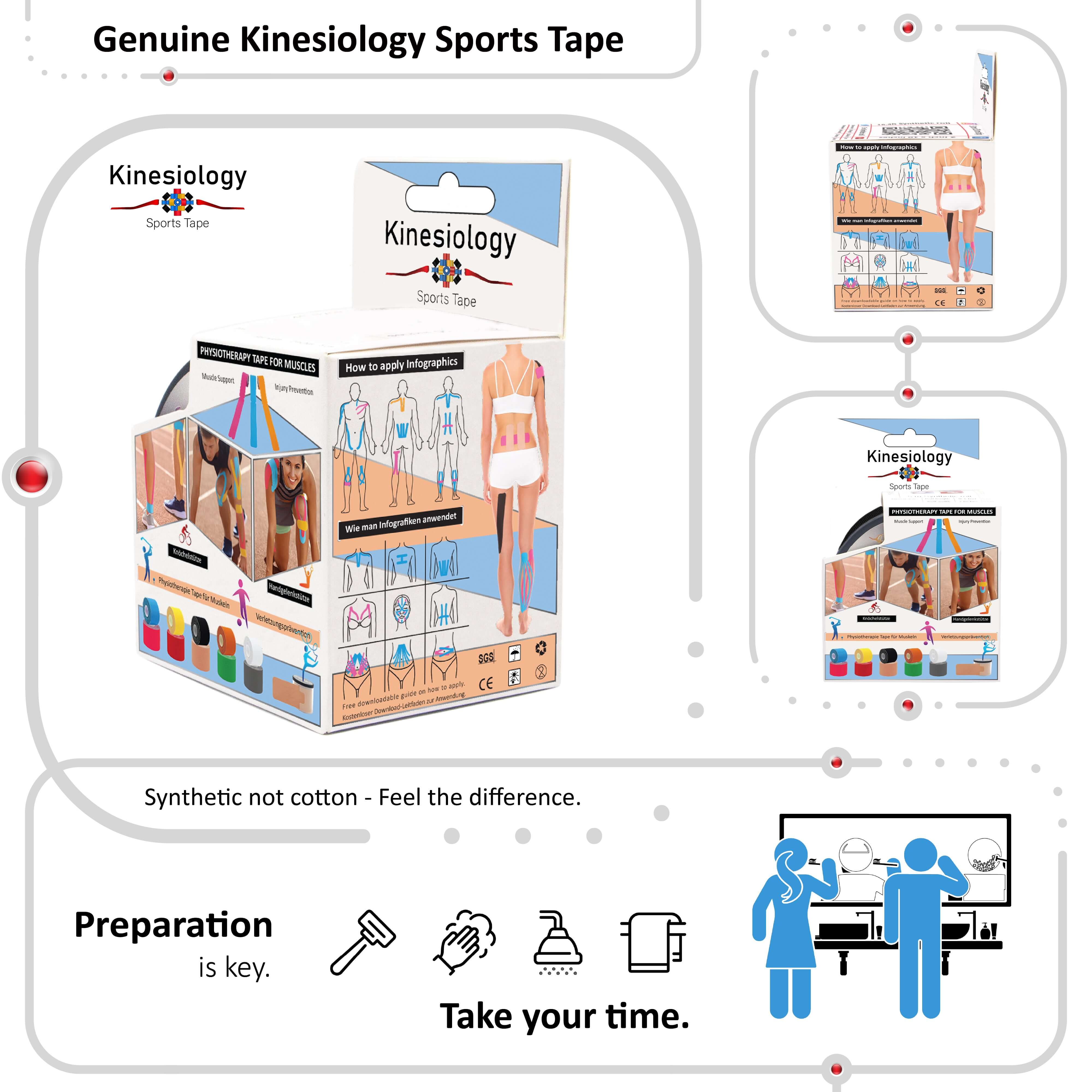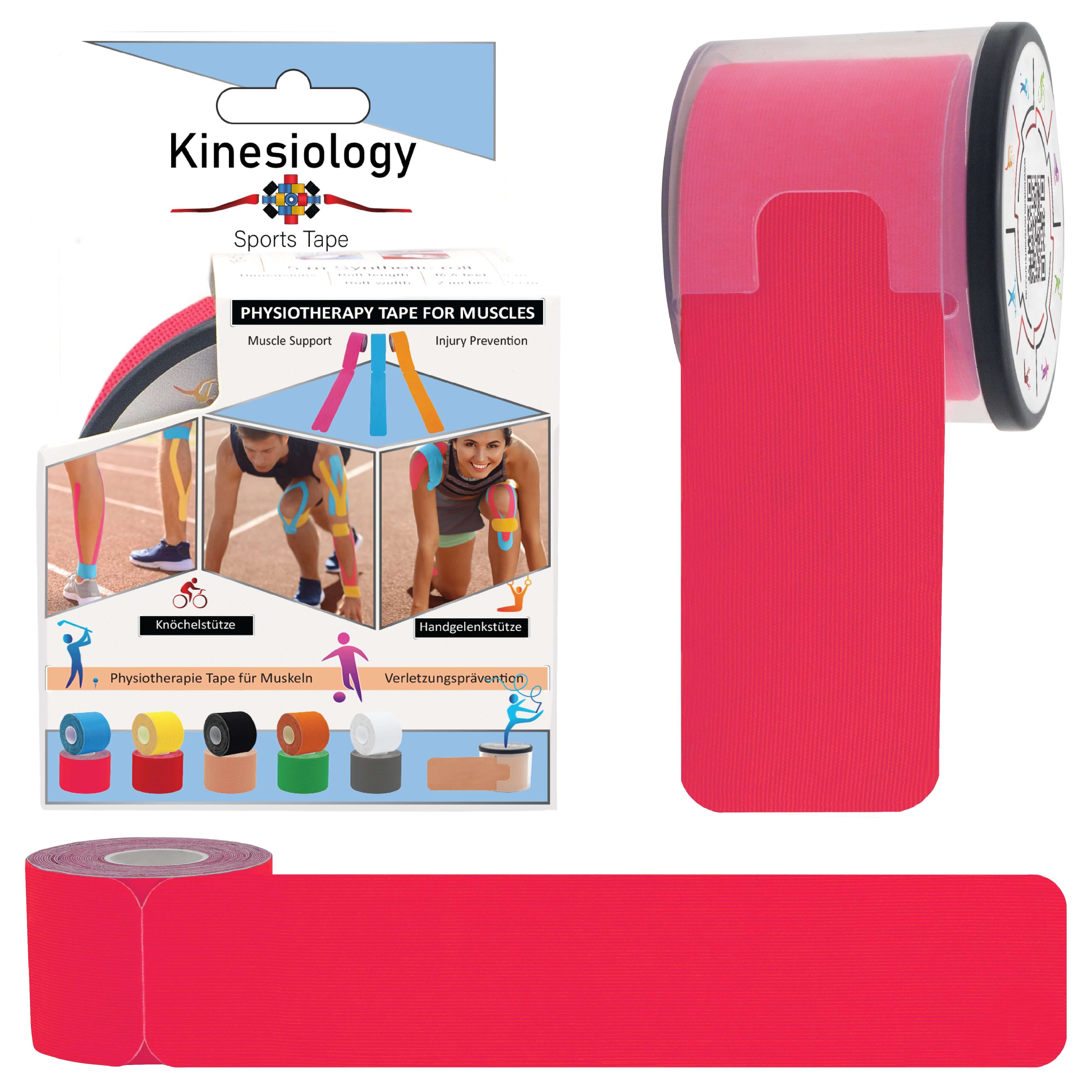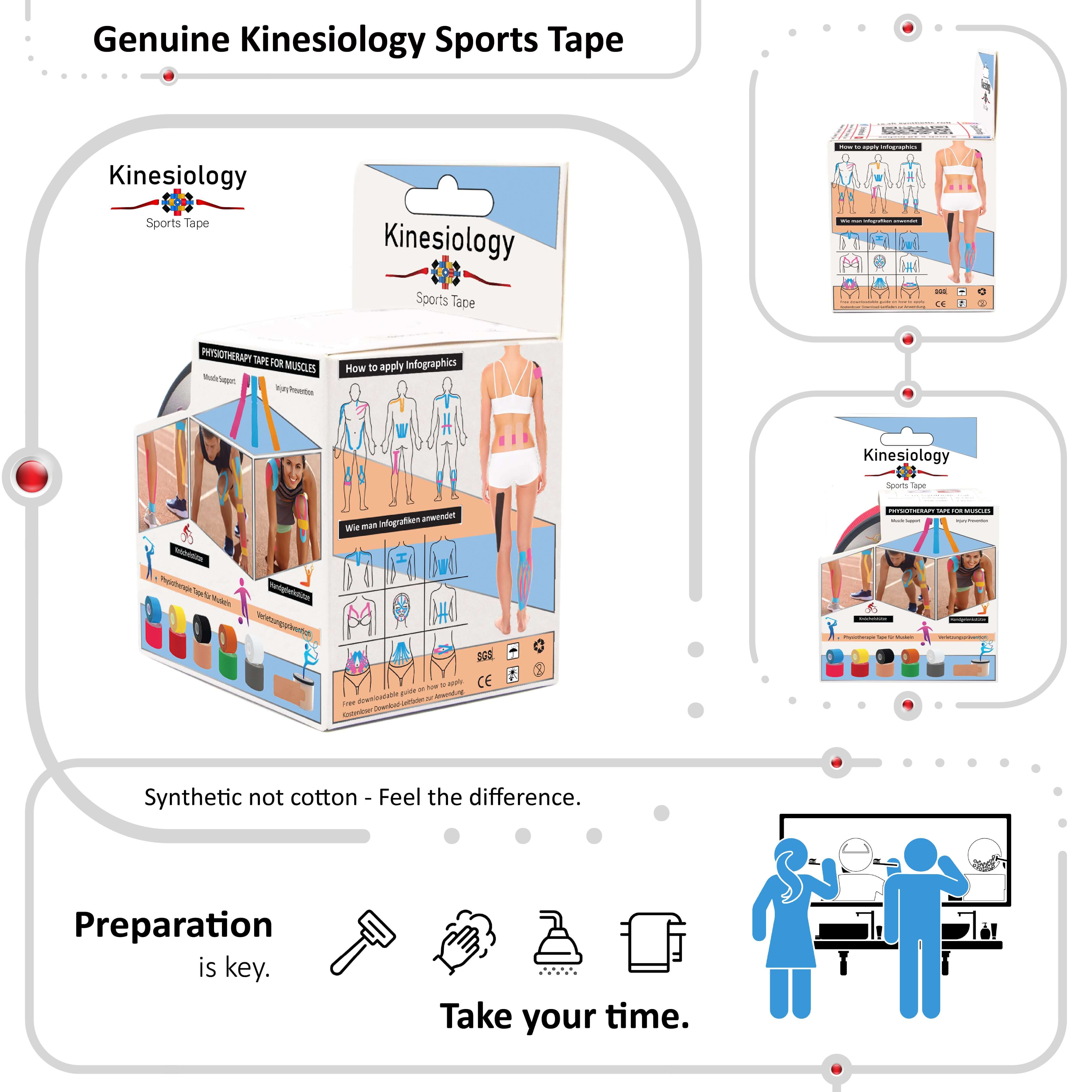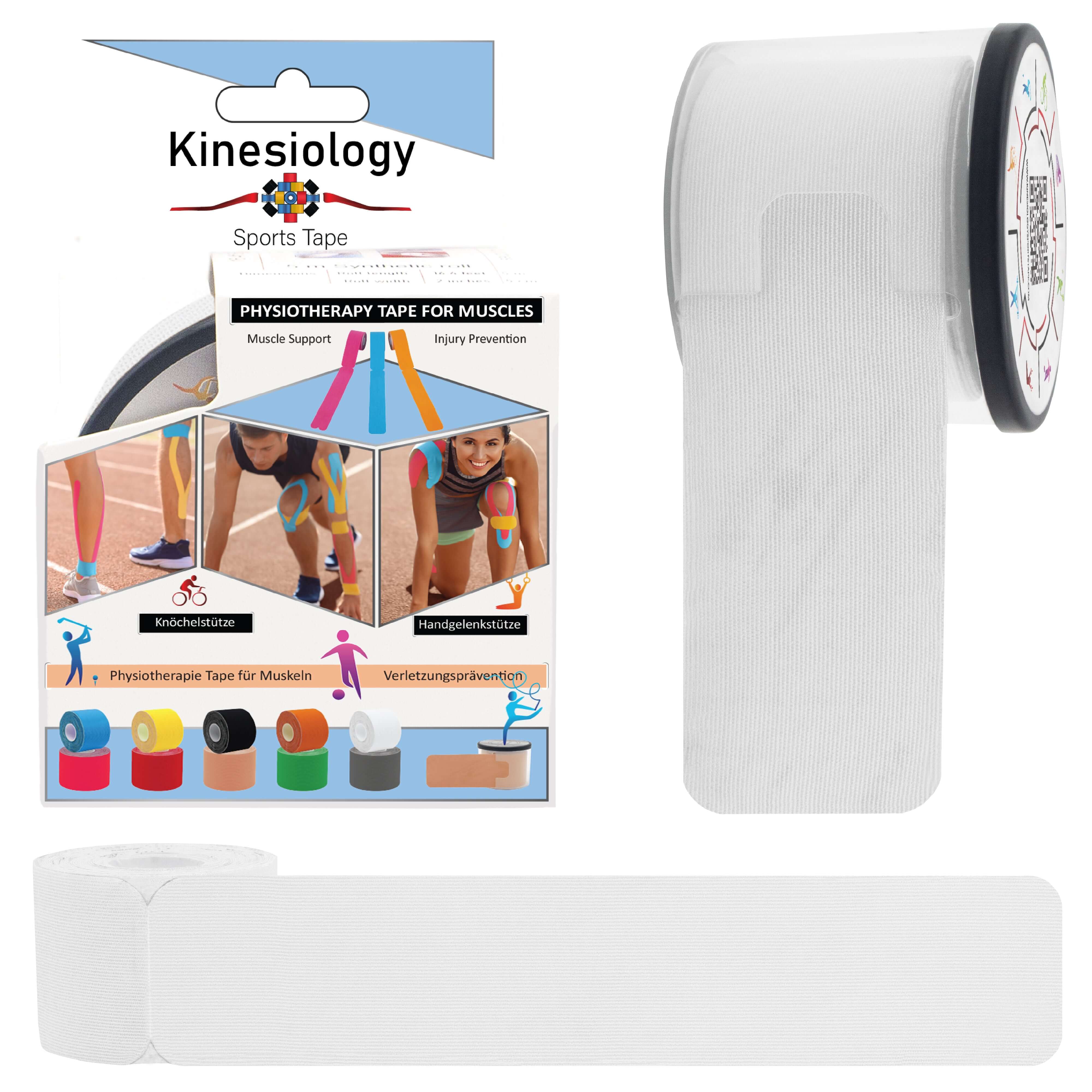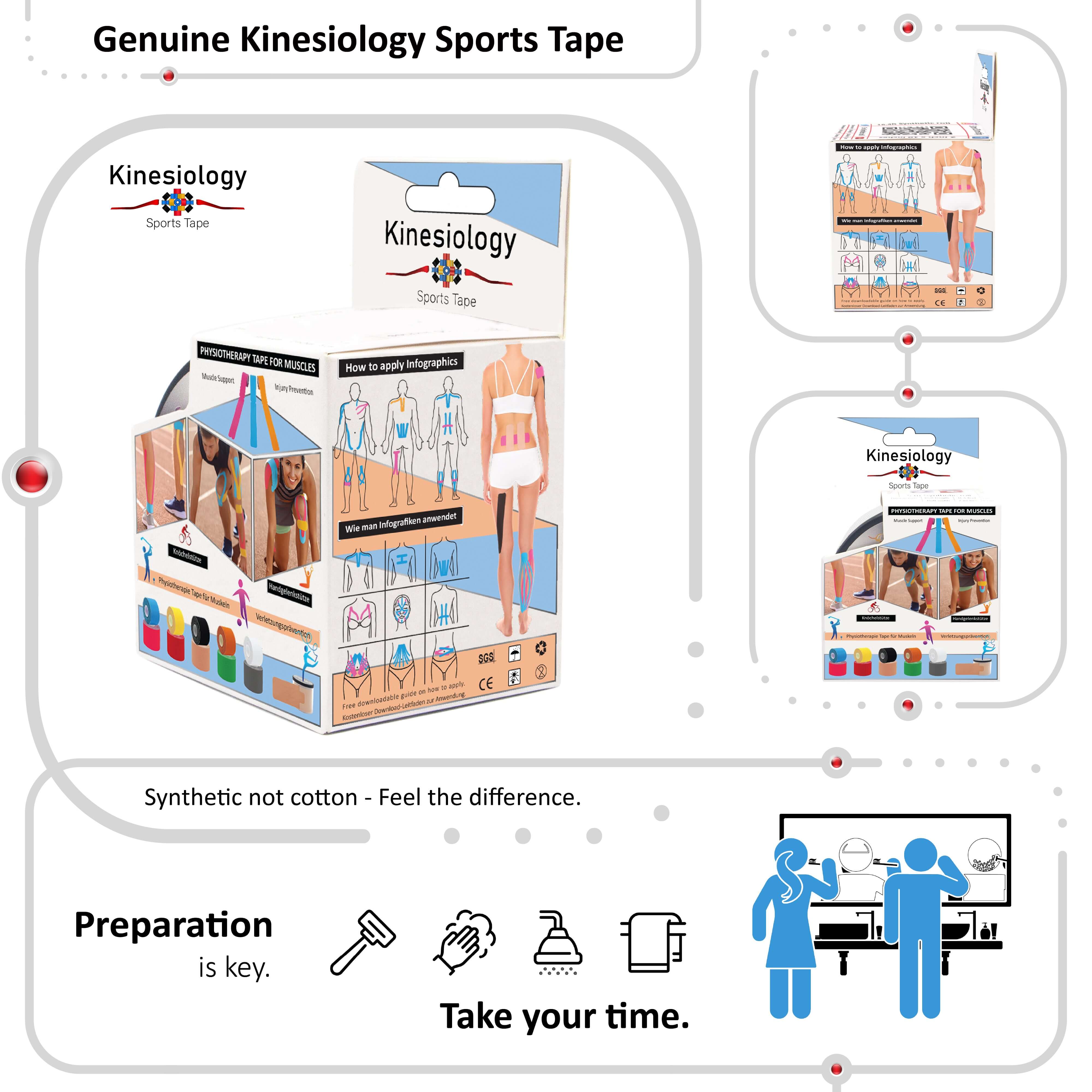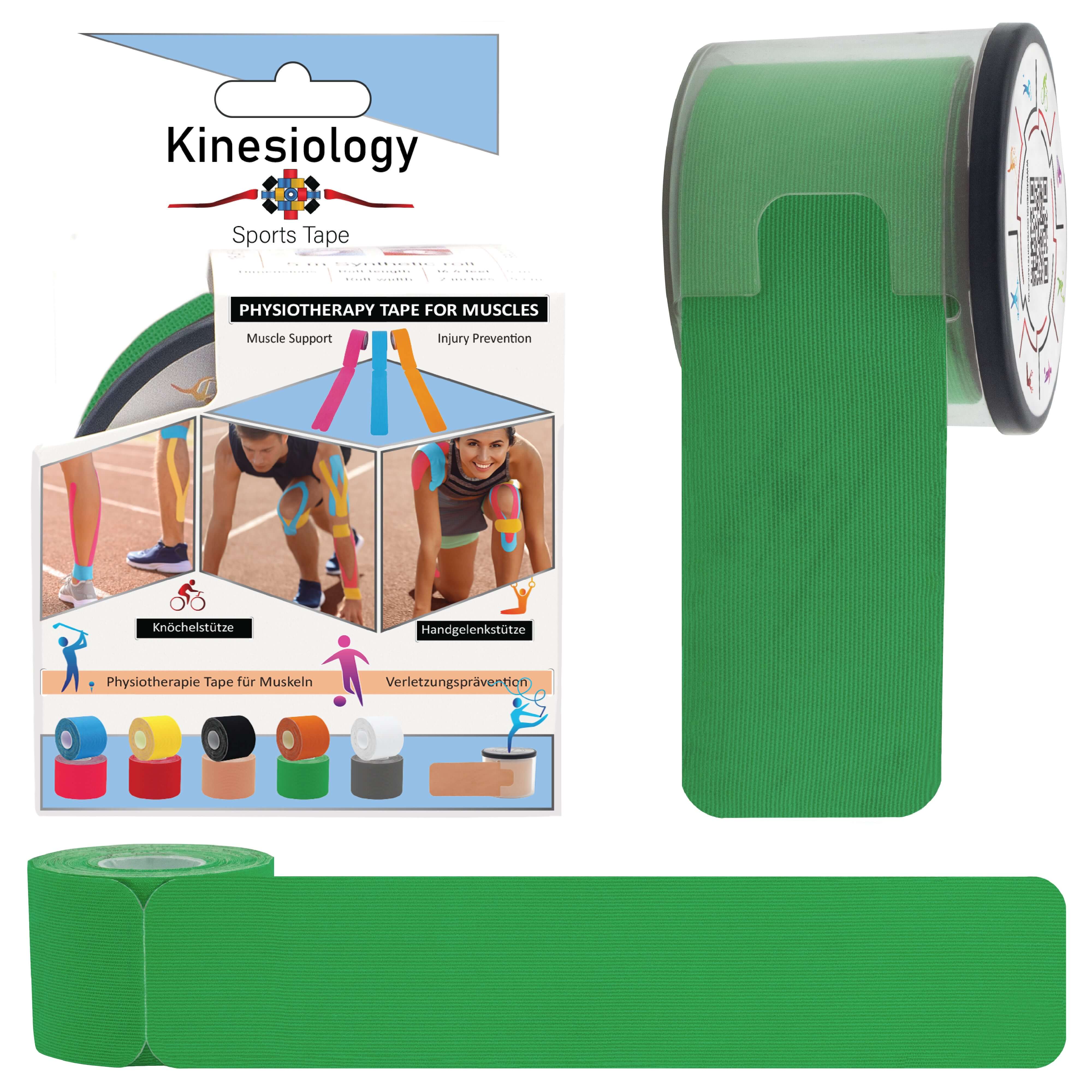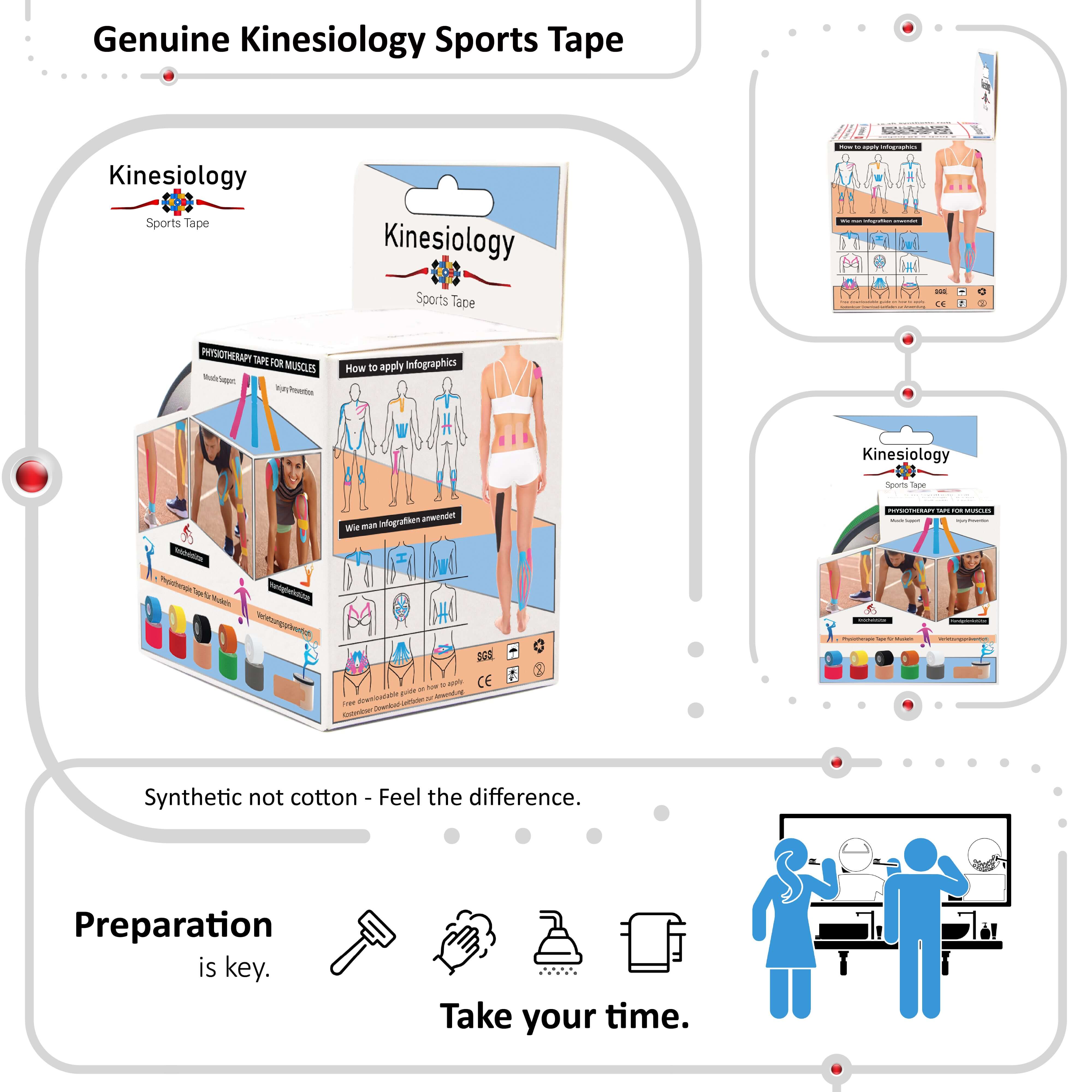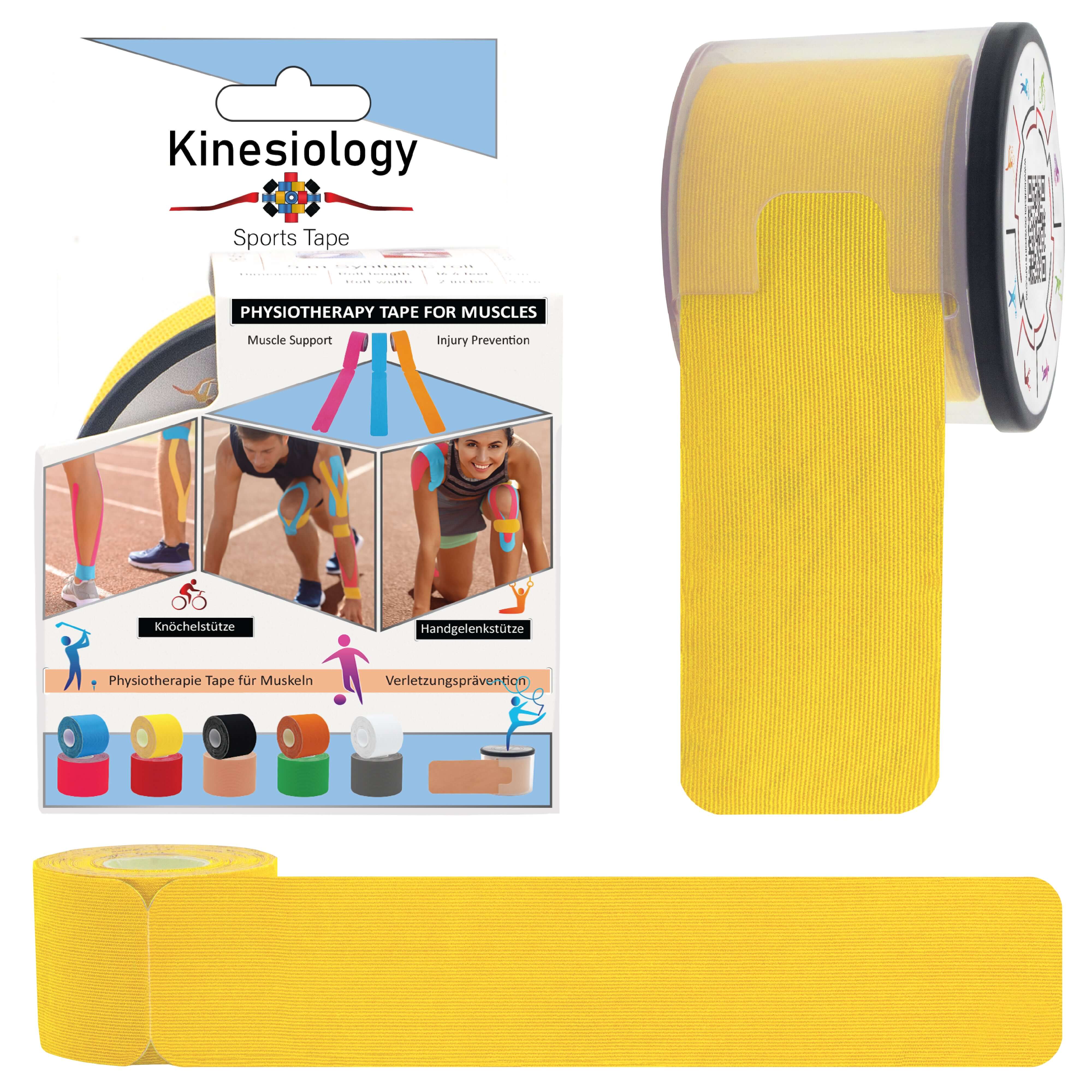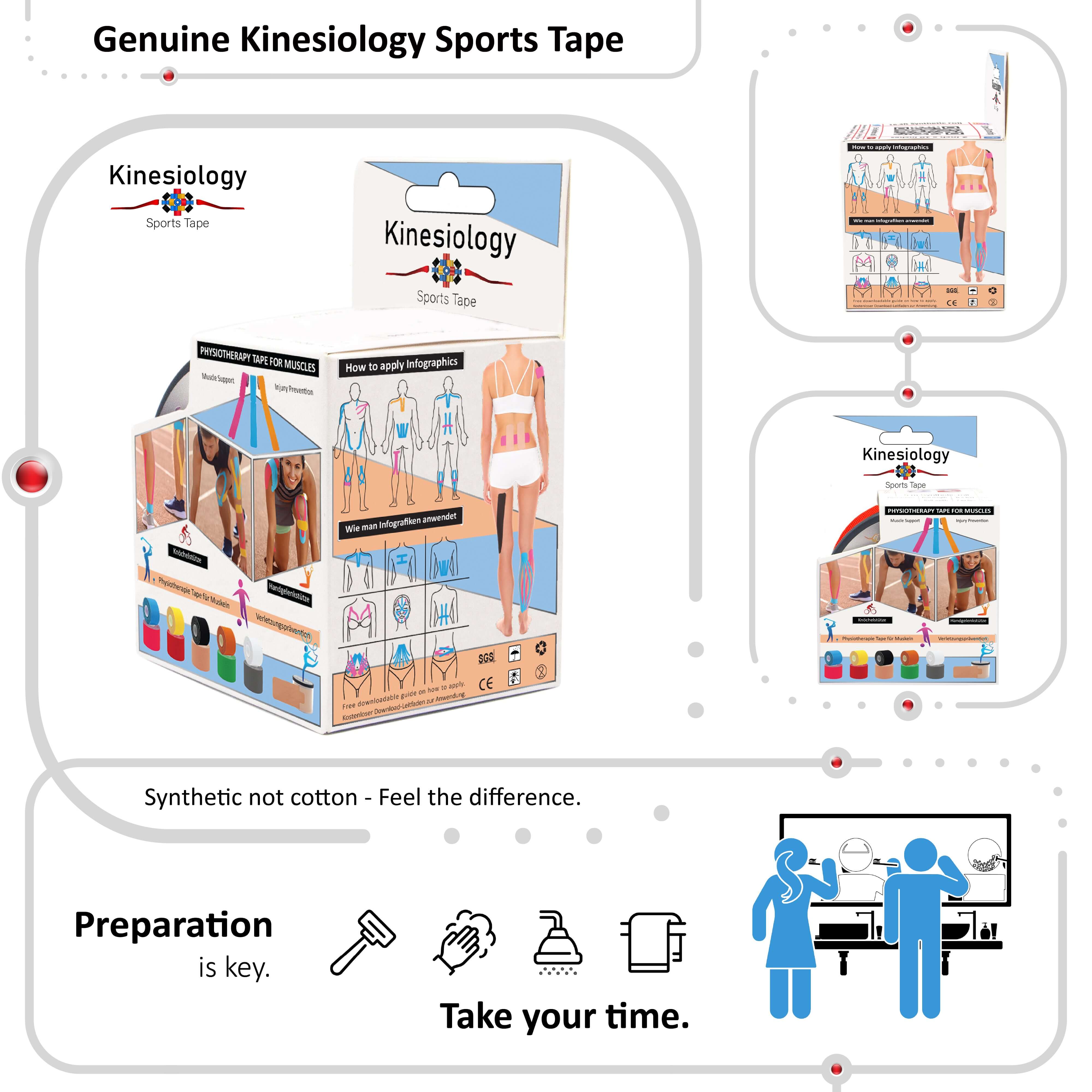
Kinesiology Tape Brightens the Olympics

You may have seen many athletes competing at the Olympic games who are covered with bright tape on their arms, legs and body. This is not a fashion statement, but it is there to promote support and healing to various areas of the body. So just what is kinesiology tape, and how is it helping athletes across the world.
Although it is only recently gained universal popularity, kinesiology tape has been around since the 1970s when a chiropractor in Japan called Kenzo case devised this solution that he believes, when applied in specific patterns, can alleviate swelling and inflammation and reduce the pain suffered by an athlete enabling them to recover faster, and potentially enhance their sporting prowess.
Does it work?
The fact that sales of kinesiology tape have grown over the last decade suggests that there is undoubtedly a benefit to be had. Unfortunately, clinical research is relatively sparse, and not all medical professionals will attest to its benefits. However, we think that anecdotal testimony speaks louder than anything. A lot of the benefit comes from the correct application, so it’s essential that you thoroughly read the instructions and understand what to do if you are not a chiropractor or physiotherapist, for example.
Physiotherapists Support Kinesiology Taping
There are many physiotherapists who are impressed with the immediacy of the results you can achieve. Although the relief may not be instant during the first 48 hours of application, symptoms certainly improve. It also appears to be effective no matter what the mechanism of injury was all the age of the patient.
We know that traditional limb supports like knee braces and wrist supports can have adverse effects on healing because they are simply too restrictive. Even in a short period of time, patients can suffer from muscle wasting and lack of tone. It is well known that in order to heal, muscles need to be used, and the tape helps speed up the process because the tension can be removed using the natural stretch of the kinesiology tape.
The Application Process
To achieve the best results, it’s important that the correct tension on the tape is used on the application, and all of our guides to correctly taping various body parts suggest how much stretch you need to apply before sticking the tape down.
Even in cases where a reasonably substantial stretch is advised, the limb or body part is not restricted in any significant way. The kinesiology tape removes the restriction of traditional bracing and replaces it with support which is more important for the healing process. An athlete certainly wouldn’t be able to keep training or competing if they were to be placed in a plaster cast, for example. While resting of injuries is still essential, returning to gentle use as quickly as possible assuming that there are no broken bones because obviously, KT tape would not be suitable in that case, then adding extra support in this manner is undoubtedly a positive step.
